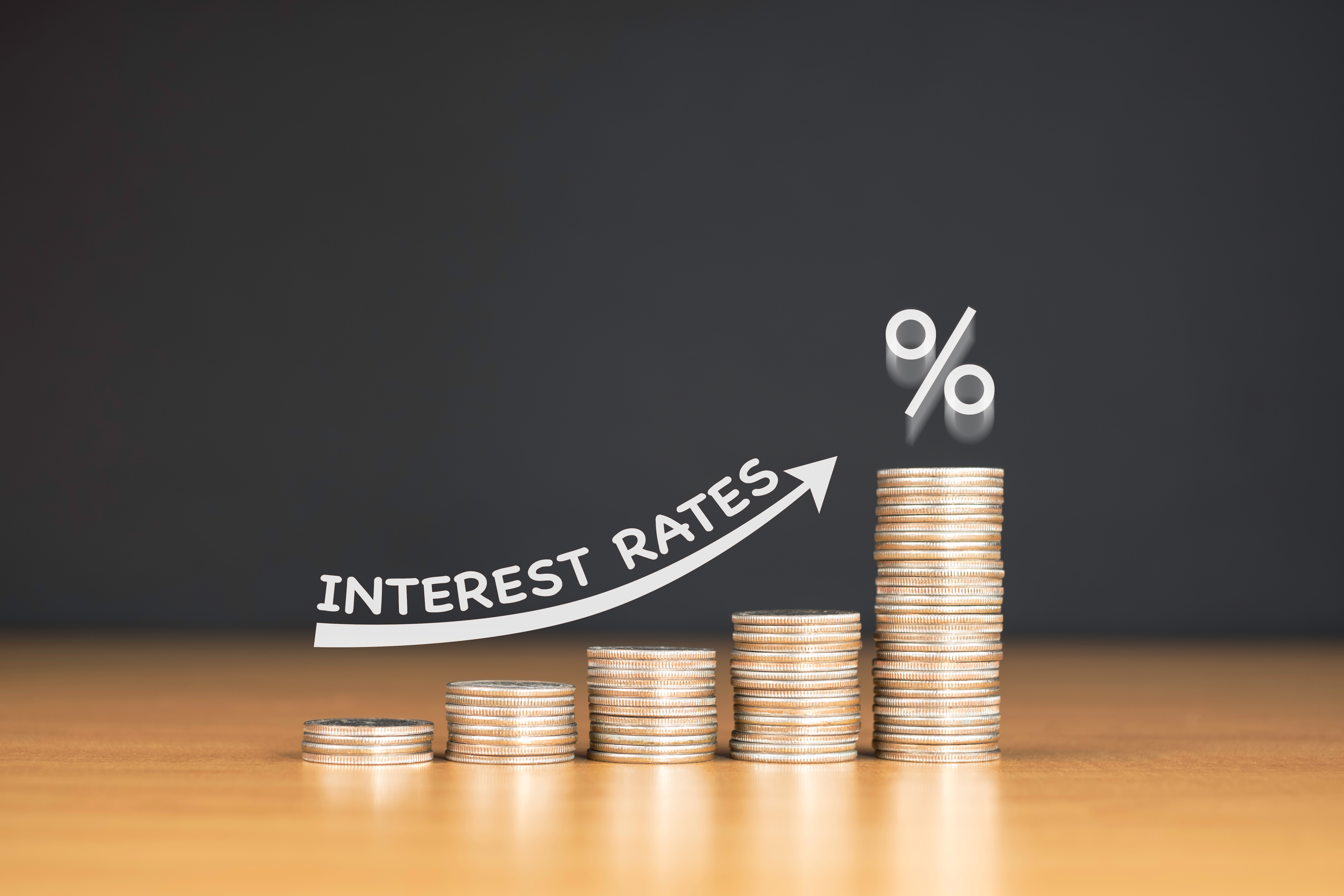How Interest Rate Increases Could Impact on Bond Returns
Interest rates in the UK have been at historic lows ever since the recession – from 5.75% in July 2007, they fell quickly to just 0.5% by March 2009 and even further to 0.25% in August 2016.
Since then they have finally begun to creep back up very slightly, but it has still been a challenging time for traditional investors and especially for cash investments.
So you might expect interest rate hikes to be good news for your investments. But if you hold a bond portfolio with a high ‘duration’, that might not be the case.
What is duration?
The duration of bonds is stated in years, but is really a measure of how their value is likely to change in the event of a change in interest rates – the higher the duration, the more sensitive the bond will be.
As interest rates rise, the value of these bonds can actually decline, especially for those with high duration combined with a low interest rate.
If interest rates were to rise significantly from their current, still very low level, the value of an overall bond fund may well decrease substantially.
Does duration affect bond price?
Interest rates have an impact on bond price, and therefore as a related factor, duration can have an impact too.
Economists typically view duration risk with respect to a potential one percentage point change in interest rates (although it is worth noting that since the inception of the Monetary Policy Committee, many base rate changes have been 0.25-0.50 percentage points).
Bonds that are held to maturity will typically pay out a face value or ‘par value’ that is largely unaffected by interest rate changes; however, if you sell before the bond matures, the price you receive will depend on both the prevailing interest rate and the bond duration.
How to interpret duration?
Bond duration is very easy to interpret. Generally speaking, the duration as quoted in years is equivalent to the percentage value that the bond price will gain or lose in response to an interest rate change of one full percentage point.
Remember it is an inverse correlation – therefore if the interest rate increases by one percentage point, a bond with 10-year duration will lose 10% of its value.
A bond with 5-year duration would lose 5% of its value, and so on, while if the interest rate were to FALL by one percentage point, you would see a 5% GAIN on a 5-year bond, 10% on a 10-year bond and so on.
Using bond duration
Once you know what a bond’s duration means, it becomes a useful rule-of-thumb indicator of the potential future change in value – especially in a climate of rising interest rates. This makes it a powerful way to predict and manage the risk of investing in bond funds.
When conducting your research, you are likely to find the duration of overall bond funds is quite easy to obtain, whereas for individual bonds you may need to consult the issuer or an independent investment advisor.
Types of bond duration
Of course in investing, nothing is ever completely simple, and in the case of duration, there are several different types of bond duration that you may see stated in respect to a specific bond or fund, including:
- Basic Duration: A simple statement of the bond’s duration as described above.
- Modified Duration: A calculation based on a direct measure of the bond’s price sensitivity.
- Effective Duration: A more advanced calculation that factors in other characteristics of the bond that respond to interest rate changes.
It’s useful to know which type of bond duration you are looking at, and whether it is a simple statement of the price reaction to an interest rate hike, or a more complete calculation that takes other factors into account.
Convexity and complications
Finally, external forces may also impact the change in value of a bond following an interest rate change.
An example of this is if the bond is linked with a market that has a direct correlation with interest rates – e.g. if interest rates fall, property owners may choose to remortgage at a lower rate, which in turn can cause mortgage-backed bonds to gain less value than their duration would suggest.
This kind of complexity and contradiction within the bond itself is called ‘convexity’ and should be something you are aware of when choosing which bonds to invest in.
Disclaimer: The information provided here is not investment, tax or financial advice. You should consult with a licensed professional for advice concerning your specific situation.




